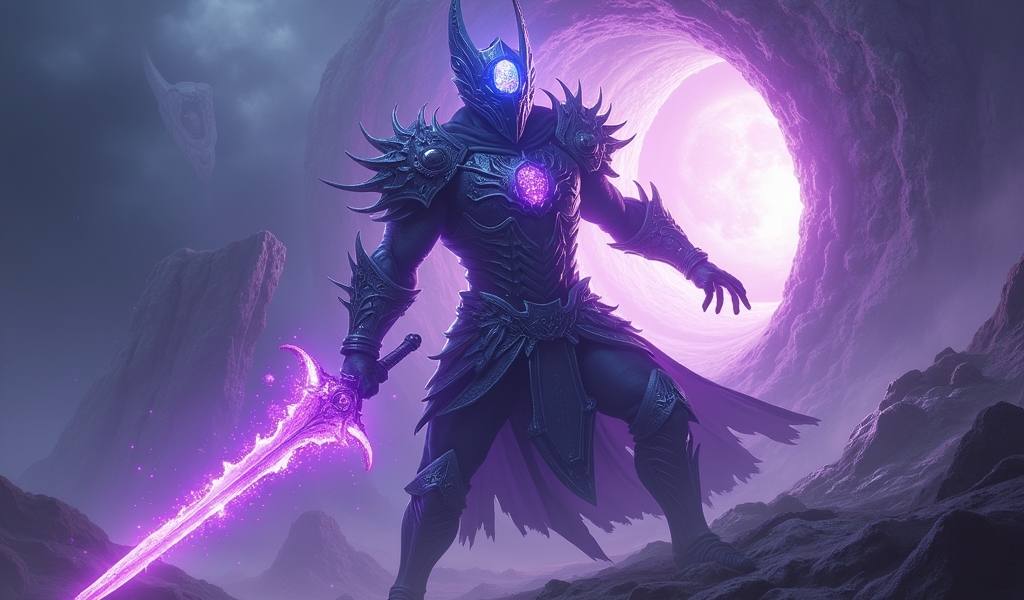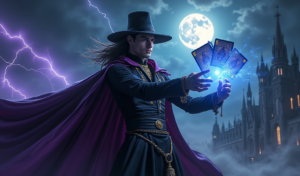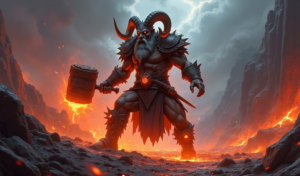Overview
Learning how to play Kassadin effectively requires mastering his transition from a vulnerable early-game champion to an unstoppable late-game force with unparalleled mobility and burst damage. The key to success lies in surviving the early laning phase, optimizing your combos after level 6, building mana-focused items, roaming strategically, and executing calculated teamfights where you target squishy carries.
Table of Contents
Are you looking to master one of League’s most powerful scaling champions? Learning how to play Kassadin effectively can transform your mid lane experience from frustrating to dominating. Known as the Void Walker, Kassadin transitions from a vulnerable early-game champion into an unstoppable late-game force that can single-handedly carry matches.
In this comprehensive guide, we’ll walk through the essential strategies for mastering Kassadin in the current meta. Whether you’re a new player looking to expand your champion pool or an experienced mid laner seeking to refine your Kassadin skills, these five tips will help you maximize your impact and climb the ranked ladder.
What makes Kassadin special is his unique combination of mobility, burst damage, and scaling potential. Unlike other mages who might fall off, Kassadin only gets stronger as the game progresses, similar to how Karthus scales into late game. Let’s dive into how you can harness this power for yourself.
Understanding Kassadin’s Kit and Playstyle
Before implementing advanced strategies, it’s crucial to understand Kassadin’s abilities and how they synergize. His kit is designed to counter magic damage dealers while providing unparalleled mobility in the late game.
Kassadin’s passive, Void Stone, reduces incoming magic damage and converts it to mana regeneration, immediately signaling his strength against AP champions. His Q (Null Sphere) fires a void bolt that silences targets briefly and creates a magic damage shield, further enhancing his anti-mage identity.
His W (Nether Blade) empowers his next auto attack with bonus magic damage while restoring mana, providing essential sustain during the laning phase. The E ability (Force Pulse) requires nearby spell casts to charge up, then releases a cone of energy that damages and slows enemies—perfect for chasing down targets.
Finally, Kassadin’s ultimate, Riftwalk, is what truly defines him. This ability allows him to blink to a location while dealing AoE damage, with each subsequent cast within a short window increasing both damage and mana cost. At level 16, with a fully stacked ultimate, few champions can match Kassadin’s mobility or burst potential.
Understanding this kit is essential for knowing when Kassadin is at his strongest. Unlike Fizz who can be aggressive early, Kassadin’s power curve spikes dramatically at levels 6, 11, and 16, with each upgrade to Riftwalk representing a significant power boost.
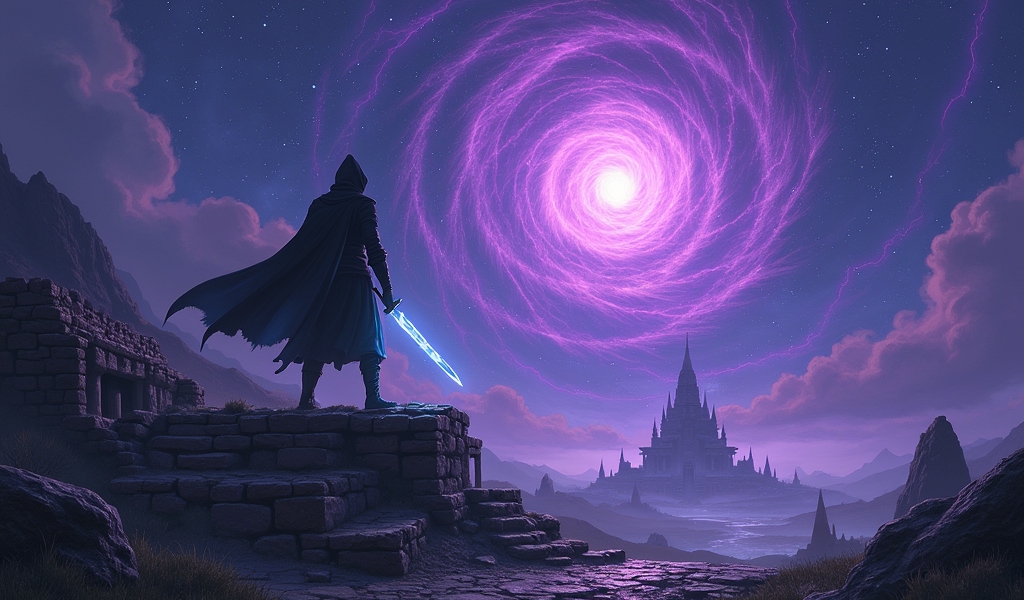
Tip #1: Surviving the Early Game
Kassadin’s early game is notoriously challenging, especially against AD assassins or aggressive laners. Your primary goal before level 6 isn’t to dominate—it’s simply to survive without falling too far behind.
Start by choosing the right runes for difficult matchups. Fleet Footwork provides valuable sustain against poke champions, while taking Resolve secondary with Bone Plating and Second Wind can help you weather the early storm. Against easier matchups, Electrocute offers better all-in potential once you reach level 6.
During the first few levels, focus on last-hitting with your Q rather than contesting every minion. It’s better to miss a few CS than to take heavy damage or, worse, die for them. Position yourself to catch experience even when you can’t safely approach the wave.
Proper wave management is essential. Try to keep the wave either frozen near your tower or slow-pushing toward you. This safer position reduces your vulnerability to ganks and all-ins from champions like Ahri who can punish positioning mistakes.
Consider starting with Corruption Potion for sustained laning, or Doran’s Shield against heavy poke. Teleport is often a better secondary summoner spell than Ignite, allowing you to back for items without missing crucial experience or gold.
Remember, even if you’re down 15-20 CS at 10 minutes, you’re still in a good position as long as you haven’t died and are keeping pace in levels. Kassadin scales so powerfully that a small early deficit is easily overcome once you hit your power spikes.
Tip #2: Mastering Kassadin’s Combos
Once you reach level 6, Kassadin’s gameplay transforms dramatically with access to Riftwalk. Suddenly, you have engage potential, escape options, and significantly improved trading patterns.
The standard trading combo after 6 is R → E → W → Q. This sequence maximizes damage while applying your slow early, making it harder for opponents to escape the rest of your combo. Against champions with dangerous abilities, you might want to lead with Q first to silence them before engaging.
In extended trades, be mindful of your Riftwalk stacks. Each cast increases the mana cost, so in longer skirmishes, try to wait for your basic abilities to cool down rather than stacking multiple Riftwalks unnecessarily. This mana management is crucial for maintaining lane presence.
For all-in situations when you’re confident in securing a kill, your full combo should be:
- R into range → E (for the slow) → W (empowered auto) → Q → Ignite (if you have it) → R again if needed to chase or escape
Practice using your ultimate both offensively and defensively. A well-timed Riftwalk can help you dodge crucial skillshots like Karma’s Inner Flame, escape ganks, or close the gap on a low-health target trying to retreat to safety.
At level 11, with the second rank of Riftwalk, you gain significant roaming potential. By level 16, with fully upgraded Riftwalk, you can stack it multiple times to cross large distances or chain multiple blinks in teamfights, making you incredibly difficult to pin down.
Tip #3: Optimal Item Builds and Runes
Kassadin’s build path should focus on scaling and mana management to support his Riftwalk-heavy playstyle. While there’s room for flexibility based on matchups, certain items form the core of most effective builds.
For your starting item, consider one of these options:
- Corruption Potion: Best for sustain in lane
- Doran’s Ring + 2 potions: Standard start for better trading
- Doran’s Shield + potion: Against heavy poke or auto-attack harassers
Your core build should typically include:
- Rod of Ages: Provides health, mana, and AP – perfect for scaling
- Archangel’s Staff: Solves mana issues and grants a shield through Seraph’s Embrace
- Zhonya’s Hourglass: Essential against AD threats and for high-risk dives
Situational items include:
- Lich Bane: Enhances your burst through empowered auto attacks
- Void Staff: When enemies stack magic resistance
- Morellonomicon: Against healing-heavy compositions
- Banshee’s Veil: Against crucial CC abilities that could prevent your all-ins
For boots, Sorcerer’s Shoes are standard for magic penetration, but consider Mercury Treads against heavy CC teams or Ninja Tabi against multiple AD threats.
Regarding runes, two primary setups work well:
- Fleet Footwork + Presence of Mind + Legend: Tenacity + Last Stand with Taste of Blood + Ravenous Hunter secondary (for difficult matchups)
- Electrocute + Taste of Blood + Eyeball Collection + Ravenous Hunter with Presence of Mind + Coup de Grace secondary (for carry potential)
Adjusting your build to the specific game context is crucial. Against AD assassins like Corki with his hybrid damage, rushing Seeker’s Armguard before completing Rod of Ages can make a significant difference in your survivability.
Tip #4: Roaming and Map Presence
Once you hit level 6, your ability to impact other lanes increases dramatically. Effective roaming can transform a struggling early game into a dominant mid-game by spreading your influence across the map.
Look for roaming opportunities when:
- Your lane opponent has backed or is missing
- You’ve pushed the wave to their tower
- The enemy jungler is spotted on the opposite side of the map
- A nearby lane is overextended without vision
Riftwalk allows you to take unconventional paths through the jungle, often bypassing common ward spots. This unpredictability makes your ganks particularly effective, as enemies may not anticipate your approach angle.
When roaming, coordinate with your team. A successful gank bottom lane can lead to Dragon control, while helping your top laner might secure Herald. These early objectives can accelerate your team’s advantage significantly.
However, be cautious about your mana pool when roaming. There’s nothing worse than committing to a play only to find yourself without enough mana for multiple Riftwalks. Always ensure you have at least 50% mana before attempting a roam.
Deep warding the enemy jungle also becomes safer with Riftwalk. Placing vision in the enemy territory provides valuable information for your team while allowing you to potentially catch out the enemy jungler, similar to how Kai’Sa can assassinate isolated targets.
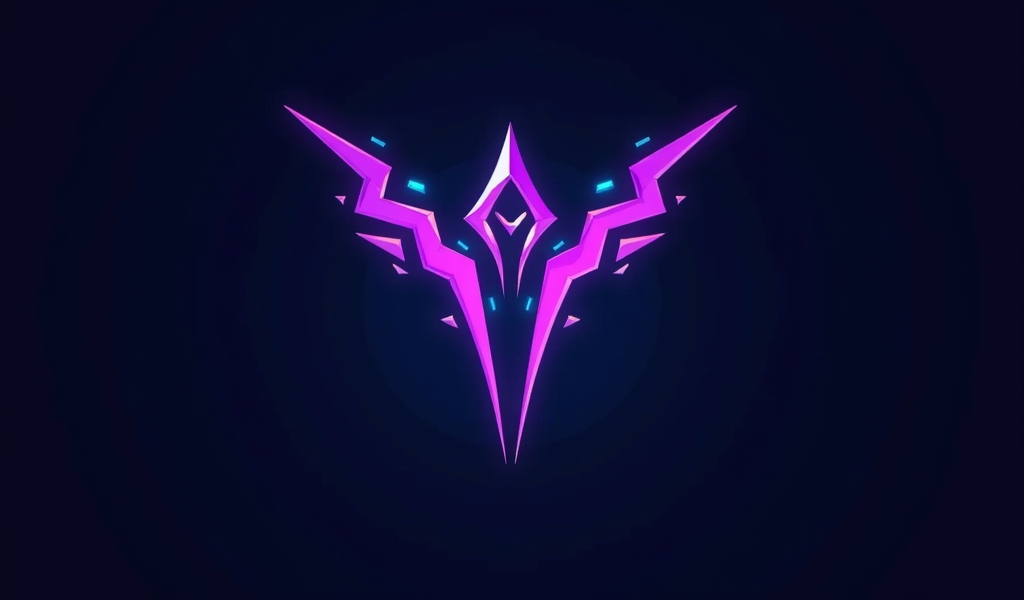
Tip #5: Late Game Teamfighting and Split-pushing
The late game is where Kassadin truly shines. With a fully stacked Riftwalk and completed items, you become one of the most feared champions on the Rift. Your approach to teamfights should be calculated and patient.
Unlike frontline tanks or initiators, Kassadin excels as a second-wave fighter. Let your teammates engage first and draw out key enemy cooldowns before you enter the fight. This patience ensures you won’t be immediately focused and can maximize your damage output.
Your priority targets should be squishy carries like mages and ADCs. With your full combo, you can often eliminate these high-value targets before they can react, creating an immediate 5v4 advantage for your team. Champions like Kalista who lack defensive options are particularly vulnerable to your burst.
Position for flanks rather than frontline engages. Coming in from an unexpected angle makes it harder for enemies to react and protect their backline. Your Riftwalk allows you to bypass frontline tanks entirely and access priority targets directly.
In extended teamfights, weave in and out of combat. Strike with your full combo, back off while your cooldowns refresh, then re-engage. This hit-and-run style maximizes your effectiveness while minimizing risk.
When your team is behind or teamfighting seems risky, consider split-pushing. With Lich Bane, Kassadin takes towers quickly, and few champions can match your mobility once you have multiple Riftwalk stacks. This pressure forces the enemy team to respond, potentially creating opportunities elsewhere on the map.
Remember that vision control becomes even more important in the late game. Carrying Control Wards and sweeping key areas before positioning for flanks can be the difference between a successful assassination and walking into a trap.
Conclusion
Mastering how to play Kassadin requires patience, practice, and a strategic mindset. His journey from vulnerable early-game champion to late-game hypercarry creates a rewarding experience that few other champions can match. By focusing on surviving the early game, optimizing your combos, building properly, roaming effectively, and executing smart late-game decisions, you’ll maximize your impact with this powerful Void Walker.
Remember that even in unfavorable matchups against champions like K’Sante with his tankiness, proper positioning and itemization can help you stay relevant until you outscale them. Kassadin isn’t just about dealing damage—your mobility makes you an exceptional map pressure tool that can create opportunities across the entire Rift.
Whether you’re a mid lane main looking to expand your champion pool or a Kassadin enthusiast aiming to refine your skills, these five tips provide the foundation for dominating the mid lane. Be patient with yourself as you learn his playstyle, and soon you’ll be collecting LP as you carry games with this powerful assassin.
With practice, you’ll develop the game sense to know exactly when to play safe and when to unleash Kassadin’s full potential. So queue up, lock in the Void Walker, and prepare to experience the satisfaction of becoming an unstoppable force as the game progresses.
Frequently Asked Questions
When does Kassadin hit his power spikes?
Kassadin experiences significant power spikes at levels 6, 11, and 16, corresponding to each rank of his ultimate, Riftwalk. His first major item completion (typically Rod of Ages) also represents a substantial power increase. While level 6 grants mobility and burst potential, level 16 is when Kassadin truly becomes a late-game monster with the shortest Riftwalk cooldown and highest damage potential, according to official game statistics.
What are Kassadin’s hardest matchups?
Kassadin struggles most against AD assassins and early-game bullies who can punish his weak laning phase. Champions like Zed, Talon, Lucian, Tristana, and Pantheon are particularly challenging as they deal physical damage (bypassing Kassadin’s magic resistance passive) and can force all-ins before Kassadin reaches his power spikes. Aggressive junglers who camp mid can also make Kassadin’s early game extremely difficult.
Should I pick Kassadin as a first pick in ranked?
First-picking Kassadin in ranked is generally not recommended unless you’re extremely comfortable on the champion and prepared to play defensively. His vulnerability to counterpicks makes him better suited as a later pick, particularly when you can see that the enemy mid laner has selected a mage or AP assassin that Kassadin naturally counters. If you must first-pick him, consider asking your teammates to pick strong early-game champions to compensate for your weak early phase.
How do I manage mana on Kassadin?
Mana management is crucial on Kassadin, especially when using Riftwalk. Start by taking Presence of Mind in your rune page for mana restoration on takedowns. Build mana-focused items like Rod of Ages and Archangel’s Staff. Use your W (Nether Blade) on minions when safe to restore mana. Avoid stacking Riftwalk unnecessarily, as each stack significantly increases mana cost. Back timing is also important—try to return to base before you’re completely out of mana to avoid missing CS or experience.
Can Kassadin be played in other roles besides mid?
While Kassadin is primarily a mid lane champion, he can occasionally be played in the top lane against AP matchups like Rumble, Kennen, or Teemo. However, his vulnerability to ganks and physical damage makes top lane generally riskier. Kassadin is not viable as a jungler due to his weak early clear and dependency on items and levels. Support and ADC roles are not recommended at all for Kassadin as he needs solo experience and gold to reach his power spikes effectively.

